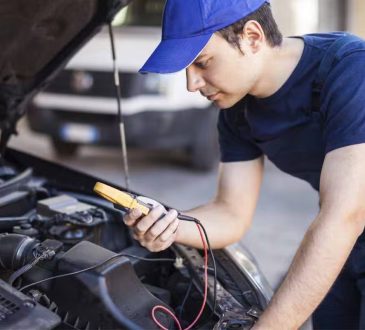
Storms often bring with them a variety of debris, including tree branches, leaves, hail, and even trash swept up by strong winds. These objects can strike your car roof with enough force to cause dents, scratches, or even cracks. Large branches or heavy items can cause significant physical damage, while smaller debris like leaves and dirt can clog drainage areas and trap moisture, leading to further issues. Understanding what kind of debris is most likely to impact your car helps you recognize potential damage early and seek repairs promptly.
Physical Damage from Impact and Its Consequences
When heavy storm debris hits your car roof, the most immediate concern is physical damage such as dents or deep scratches. Dents can weaken the structural integrity of the roof panel, making it more susceptible to rust and corrosion over time. Scratches, especially those that penetrate the clear coat or paint, leave the metal underneath exposed to moisture, accelerating deterioration. In severe cases, debris can even crack or puncture the roof, requiring more extensive repair work. Ignoring such damage can lead to costly repairs later and reduce the vehicle’s resale value.
Water Intrusion Caused by Roof Damage
Storm debris can also compromise the seals and joints around your car roof. Cracks or dents may allow water to seep through, leading to leaks inside the vehicle. Water intrusion can damage the interior upholstery, electronics, and even promote mold growth, creating health hazards and unpleasant odors. Roof leaks often go unnoticed until the damage is more severe, so it’s important to inspect your vehicle after a storm and have any roof damage assessed by a professional promptly to prevent further complications. Choosing the Auto Repair in Chico, CA based service can be quite useful here.
How Storm Debris Affects Roof Drainage
Leaves, twigs, and dirt carried by storms can accumulate in your car roof’s drainage channels, blocking water flow. When these drains are clogged, water pools on the roof, increasing the risk of rust and corrosion. Over time, stagnant water can damage paint and metal components, weakening the roof structure. Proper maintenance includes clearing these drainage areas regularly, especially after storms, to ensure water can flow freely and prevent damage caused by trapped moisture.
Repair Options and Preventive Measures
If storm debris has damaged your car roof, professional repair services can restore its appearance and structural integrity. Dent removal, paint touch-ups, and resealing damaged areas are common fixes. In cases of severe damage, panel replacement might be necessary. To minimize the impact of future storms, consider parking in covered areas or garages and installing protective car covers. Regular inspections after storms will help catch damage early, allowing for timely repairs that keep your car roof in good condition.
Conclusion:
Storm debris can cause various types of damage to your car roof, from dents and scratches to leaks and drainage problems. Prompt inspection and professional repairs are essential to prevent long-term issues and maintain your vehicle’s safety and appearance. By understanding the risks and taking preventive steps, you can protect your car roof from the destructive effects of storms.




